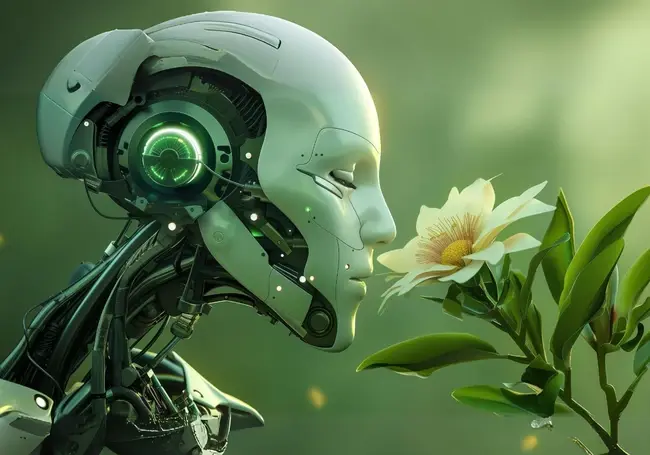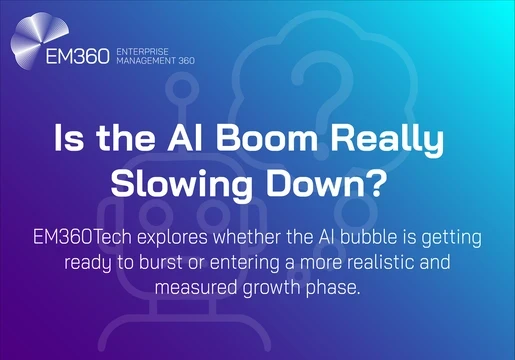AI has conquered everything from realistic video generation to medical diagnosis. But this latest application of the technology is straight out of science fiction. AI startup Osmo claims to have been able to use artificial intelligence to transport scent, digitally.
In a YouTube Short video Osmo boldly claims, ‘We used AI to digitize and rematerialize the essence of a plum.’
The video then demonstrates a plum being blended and a small amount being placed into a vial. The video’s presenter states that the scent from the plum is trapped in the vial. The vial is then placed into an unnamed machine that ‘ the air out of the vial which contains the scent of the plum.’ The molecules are then analyzed ‘one by one’. Osmo claims to be able to take that formula and ‘reprint it’ into a clear liquid essence.
If AI has already conquered sight through image generators and video generators , sound through realistic podcast generators and solving the cocktail party problem and even touch through robots like Figure , it makes sense that companies would start looking to tackle the final two senses.
We’ll believe it when we see it, or rather, smell it.

What is Scent Teleportation?
Scent Teleportation is technology that captures a smell, digitizes it and allows it to be reproduced in another location.
Osmo’s first successful scent teleportation was with a coconut, however they have also demonstrated the technology across multiple examples including with a plum in their featured video.
While this technology is still in its early stages, it has the potential to revolutionize the way we experience smells.
Scent Teleportation has the potential to be used across industries. The most obvious example would be a complete revolution of the fragrance industry, allowing customers to not only tailor make their own signature scents, but virtually try them.
However, the potential implications of Scent Teleportation could be much more impactful than just use in consumer products.
Insect-borne diseases cause hundreds of thousands of deaths each year. A study found by using AI to analyze a huge dataset of insect repellent chemicals the scientists were able to identify over 10 new, powerful repellents that are as effective or better than existing ones.
Osmo also envision the technology being utilized by governments to create ‘10x better sensor systems to passively detect, track and trace threats for public safety and defense.’
How Does Scent Teleportation Work?
Osmo, the current leader in scent teleportation technology, states that they have successfully been able to teleport scent.
1. The first phase of scent teleportation is collecting the sample. If there is a physical solid sample, like the plum shown in the video, they use ‘headspace analysis’. This means trapping the scent in the air around the object in a vial and absorbing it through a tube. If the scent comes from a liquid it can be injected directly.
2. The scent, either from the air in the vial or directly from the liquid is injected into a machine called the GCMS. This stands for Gas Chromatography-Mass Spectrometry.
3. The GCMS is then able to process and identify the raw data, which can be interpreted as molecules, and uploads it to a cloud.
4. This data becomes a coordinate on Osmo’s Principle Odor Map. This is their revolutionary AI tool that can predict what a combination of molecules will smell like.
5. Machine Learning Deformulation models to predict formulas from GCMS data.
6. The formula is sent to a ‘Formulation Robot’. This robot uses this recipe to mix scents and replicate the sample scent.

In the ongoing testing process the Osmo team compares the original sample with the created version. Though they have already amassed the biggest AI-compatible scent data bank in the world, Osmo’s current goal is to continue to get better at capturing subtlety and nuance, highlighting that some molecules have been difficult to reproduce, such as sulphurs in tropical fruit.
There are also some molecules in everyday scents that still remain unidentified, however as the data collection process continues the system gets better at identifying more of these ‘mystery molecules’.







Comments ( 0 )